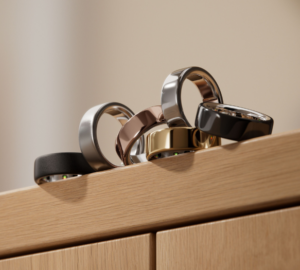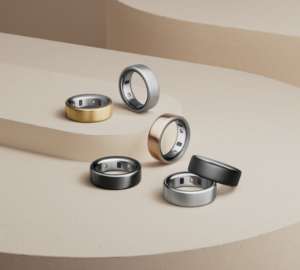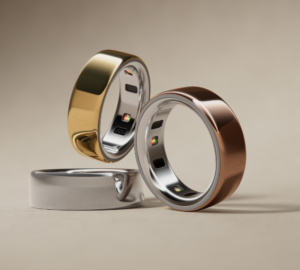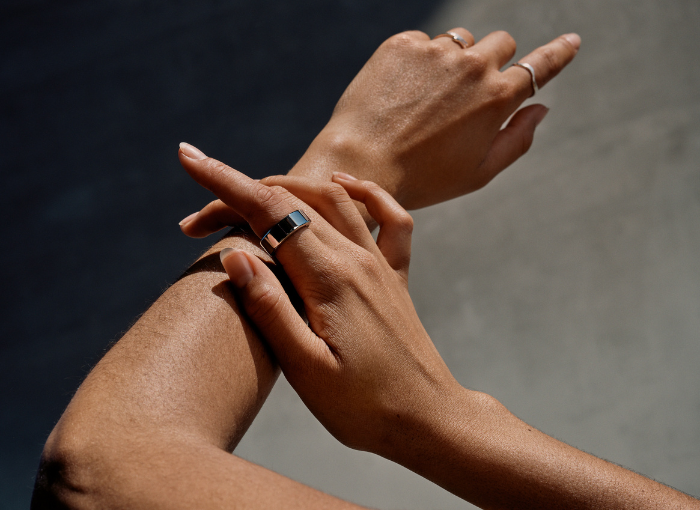Measuring heart rate is more complicated than simply counting the beats per minute. It’s also important to measure the waves your pulse generates. That’s why it’s essential to use an accurate wearable like Oura Ring to know you’re getting the most accurate heart rate data.
READ MORE: How Accurate Are Oura’s Heart Rate & HRV Measurements?
Challenges of Measuring Heart Rate
With each beat, an electrical wave travels through your heart. This wave causes your muscles to squeeze and pump blood, alternating between heart chambers. This electrical activity can be measured directly through an electrocardiogram (ECG/EKG), which uses electrodes attached to your body.
If you want to measure heart rate without wires or chest straps, photoplethysmography (PPG) is much less invasive. PPG measures the volumetric changes in your heart using light reflection. As the heart contracts, it sends a pulse of blood into your arteries. This pulse causes your arteries to alternate between swelling and contracting.
This pattern, known as your blood volume pulse (BVP), can be measured by shining a light on your skin and capturing the changes in light reflected back from the red blood cells in your arteries.
This sounds simple, but it’s harder than it initially appears. First, it can be difficult to reach the arteries you’re trying to read from. Second, once you’ve found a good spot to measure, it can be hard to keep out external light from influencing the reading. Third, both light and movement can create “noise” in the signal—false spikes in your data that risk skewing your results.
It’s not wise to build a house on shaky ground. If the signal you’re reading your heart rate from is off, at best your data will have limited usefulness to you. At worst, it could give you erroneous information that you act on, such as false data on your heart rate zone during a workout.
Good signal in, good insights out.
| Member Story: Oura member Ted N. noticed that his resting heart rate skyrocketed from 45 bpm to 130 bpm on his Oura App. This prompted an emergency room visit, which is how he found out he was having an A-Fib episode. |
Best Practices for Measuring Heart Rate
Here are a few best practices to keep in mind for using a wearable to measure your heart rate.
1. Keep it close to your blood: Any device should be close to an artery that produces a strong blood volume pulse signal.
2. Minimize movement and maximize comfort: Unnecessary movement during the recording can corrupt the light. For the most accurate data, minimize movement and maximize comfort by ensuring your device is not too loose.
3. Draw the curtains: To help your device’s light travel unimpeded, minimize external light pollution. If you can see light leaking out of your device, there’s likely light leaking into your signal as well.
READ MORE: Sleeping Heart Rate: Look for These 4 Patterns
Why Oura Ring?
Have you ever wondered why Oura is a ring? Why not a watch, wristband, or earlobe sensor?
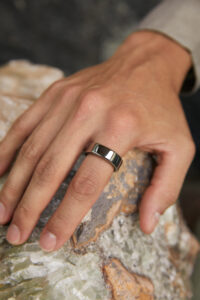
Because the benefits of a ring far outweigh other options. Here’s why:
- The finger is ideal for blood flow: It has abundant arteries and capillaries for reliable data measurement.
- Rings minimize movement: There are no moving parts between joints, and rings don’t require adjusting.
- Rings seal off light: A well-fit ring prevents outside light from disrupting data collection. Some people find it uncomfortable to wear a heart-rate tracking watch as tightly as it should be to get a good reading, especially at night.
- Infrared offers an edge: Oura uses an infrared light PPG, which penetrates deeper into your tissue than the green light LEDs in most wearables. This allows signals to be read from large finger arteries instead of, for example, the smaller capillaries at the surface of your skin on the wrist.
If you want to improve your sleep or manage your stress, getting accurate heart rate data is crucial.
| Member Tip: Oura members can use their heart rate data to inform their habits. For example, lower than usual heart rate variability can indicate that your body is stressed, encouraging you to engage in more relaxing activities. |
Learn more about how exploring your heart rate patterns can help you sleep better and stress less.
READ MORE: Oura Helped Me Realize That My Heart Was in Trouble
